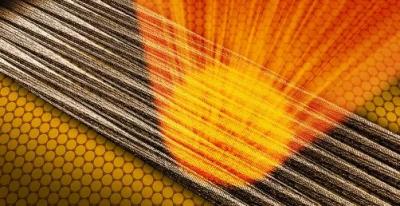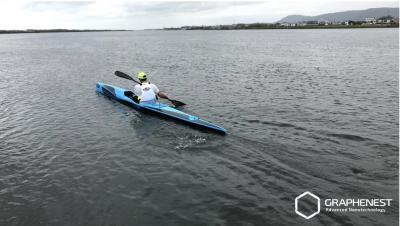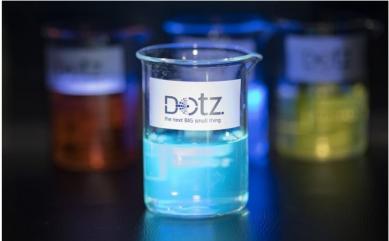A novel graphene-based method to view proteins may help fight neurodegenerative diseases
Researchers attempt to learn more about diseases like Alzheimer’s and Parkinson’s by focusing on protein filaments that form fibrous clusters called amyloids in the brain. Until now, the best tools for studying them have generated limited views, largely because the strands are complex and tiny, just a few nanometers thick.

Now, an international research team has come up with a new method to potentially reveal the structure of individual amyloid fibrils with powerful beams of X-ray laser light. In experiments conducted at the Linac Coherent Light Source (LCLS) at the Department of Energy’s SLAC National Accelerator Laboratory, the scientists placed up to 50 fibrils at a time on a layer of graphene and hit them with bursts of X-ray laser light. The graphene, it turned out, was almost transparent to the X-rays, and this allowed them to probe the structures of the delicate fibrils without picking up significant extraneous signals from the graphene layer in individual snapshots.




